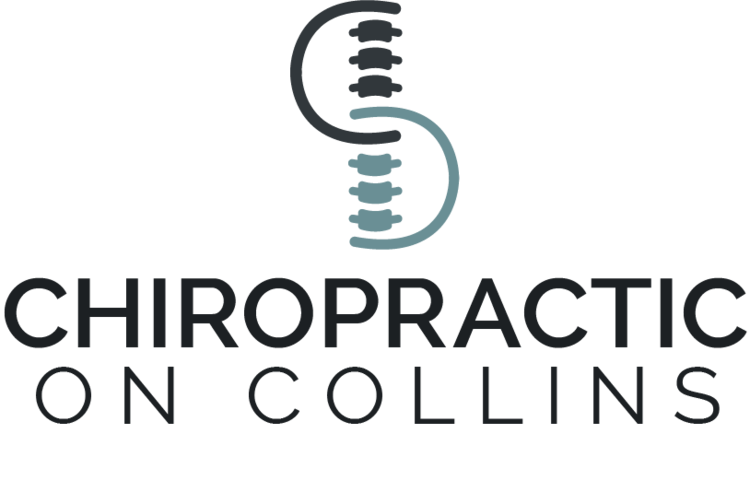The Lancet medical journal findings on the number 1 cause of disability worldwide.
The Lancet has reported that there is a gap between how research suggests we should approach low-back pain, and how a large part of the healthcare system in the world actually approaches it. The good news is, the research supports some key approaches that Chiropractors have been employing since the dawn of time (Chiropractic time that is – some 123 years ago).
The Facts.
Low back pain is the number one cause of disability worldwide. 1,5
More than 3.7 million Australians have back pain (or similar problems). 2
The problem can be complex; with psychological, social, and economical effects in addition to the obvious physical effects.
The international group of authors led by Professor Rachelle Buchbinder (Monash University, Melbourne) found that globally there is an
“inappropriately high use of imaging, rest, opioids, spinal injections, and surgery”
and that “doing more of the same will not reduce back-related disability or its long-term consequences.”3
So if rest, drugs and surgery aren’t the most effective or safest approach, what should we be doing?
Medical guidelines for low back pain are changing.
“Greater emphasis is now placed on self-management, physical and psychological therapies, and some forms of complementary medicine, and less emphasis on pharmacological and surgical treatments”. 3
‘Spinal Manipulation Therapy’, (what chiropractors call adjustments) is one such complementary method recommended by the study as an effective solution for both acute and chronic low back pain.
Other key suggestions from the study include:
Exercise, and staying at work (if the pain is chronic – lasting more than 12 weeks) ·
Treating any concurrent mental health disorders.
Educating patients about the management and likely outcomes of the condition (which are likely positive!).
Evidence to support Spinal Manipulation Therapy (adjustments) for treatment of acute and chronic low back pain. 3,4.
Other complementary therapies include massage and acupuncture.
In essence, we need to keep moving, keep our brains and bodies healthy overall, and our first choice in treatment should be a non-drug and non-surgical treatment, like Chiropractic. Sounds like something your Chiropractor has been banging on about for a while now, doesn’t it?!
References:
1. Global Burdon of Disease and Injury Incidence and Prevalance Collaborators. (2016). Global, regional, and national incidence, prevalence, and years lived with disability for 310 diseases and injuries, 1990–2015: a systematic analysis for the Global Burden of Disease Study 2015. The Lancet, 2016; 388 (10053), 1545-1602.
2. Australian Institute of Health and Welfare (2018). Australia’s Health 2018. Retrieved from https://www.aihw.gov.au
3. Foster, N. E. et al. (2018). Prevention and treatment of low back pain: evidence, challenges, and promising directions. The Lancet, 391, (10137), 2368-2383.
4. Buchbinder, R. et al. (2018). Low back pain: a call for action. The Lancet, 391, (10137), 2384-2388.
5. Hartvigsen , J., et al (2018). What low back pain is and why we need to pay attention. The Lancet, 391, (10137), 2356-2367.
